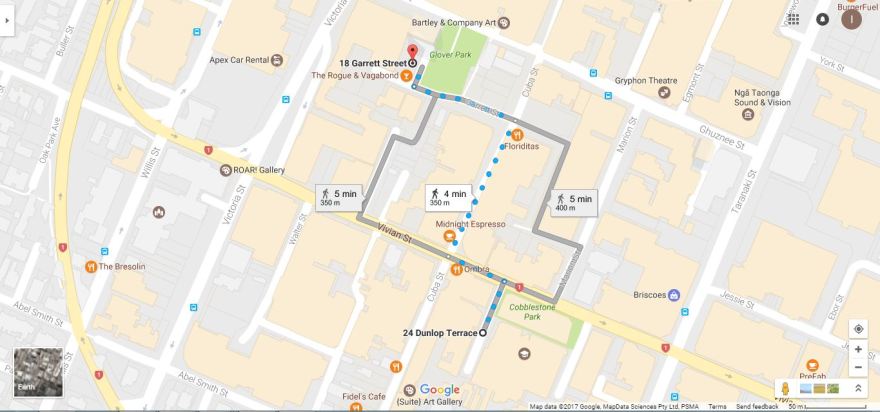Dijkstra’s algorithm studies for route-finding in the architectural context
Dijkstra’s algorithm is a famous algorithm for finding the shortest paths between nodes in a graph, which may represent, for example, road networks. It was conceived by computer scientist Edsger W. Dijkstra in 1956 and published three years later. The algorithm exists in many variants; Dijkstra’s original variant found the shortest path between two nodes, but a more common variant fixes a single node as the “source” node and finds shortest paths from the source to all other nodes in the graph, producing a shortest-path tree. Google Map is also using another variant of Dijkstra’s algorithm.

There’s a wide range of architectural values which can be assigned as weights to the routes between nodes and then a set/sets of fitness functions can be defined to study and analyse the existing situation of a building (micro level) or a region (macro level) as well as observing the possible scenarios in the future.


